Discover houseplants that thrive best indoors and don’t like being outdoors. Learn why these plants prefer indoor environments and how to care for them in your home.
Many people enjoy bringing their houseplants outdoors during warm weather, but some plants actually prefer to stay inside all year round. These indoor-loving plants have adapted to specific conditions that are best replicated in our homes. In this guide, we’ll explore some popular houseplants that don’t like the outdoors and learn how to care for them properly.
Why Some Plants Prefer Indoors
Before we dive into specific plants, let’s understand why some plants prefer indoor environments:
- Controlled temperature
- Stable humidity levels
- Protection from direct sunlight
- Shelter from wind and rain
- Absence of pests and diseases common outdoors
Now, let’s explore some popular indoor-loving plants:
1. Calathea (Prayer Plant)
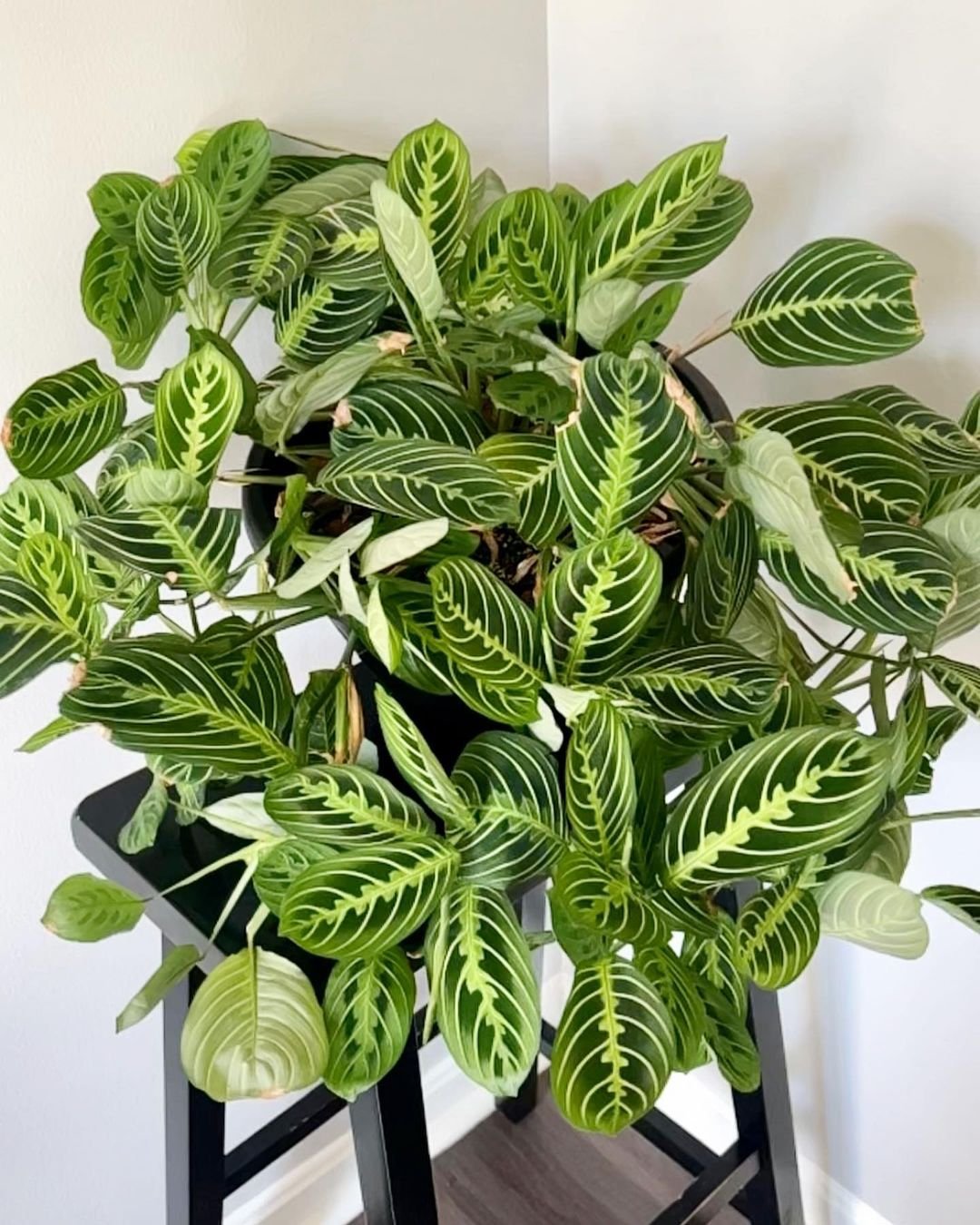
Here is a completed chart with detailed information about Calathea:
| Category | Details |
|---|---|
| Botanical Name | Calathea spp. |
| Common Name | Calathea, Prayer Plant |
| Plant Zone | 10-11 (often grown indoors) |
| Sun Exposure | Bright indirect light to partial shade |
| Soil Type | Well-drained, rich in organic matter |
| Watering | Keep soil consistently moist, avoid waterlogging, prefers high humidity |
| Growth Habit | Upright, bushy |
| Height/Spread | 1-3 feet tall, 1-2 feet wide |
| Special Features | Decorative foliage with unique patterns and colors, leaves often fold up at night, requires high humidity and regular misting, adds a tropical feel to indoor spaces |
Calatheas are known for their beautiful, patterned leaves and prefer indoor environments.
Why They Prefer Indoors:
- Sensitive to temperature fluctuations
- Require high humidity
- Dislike direct sunlight
Care Tips:
- Provide indirect, bright light
- Keep soil consistently moist but not waterlogged
- Maintain high humidity with a pebble tray or humidifier
2. Philodendron
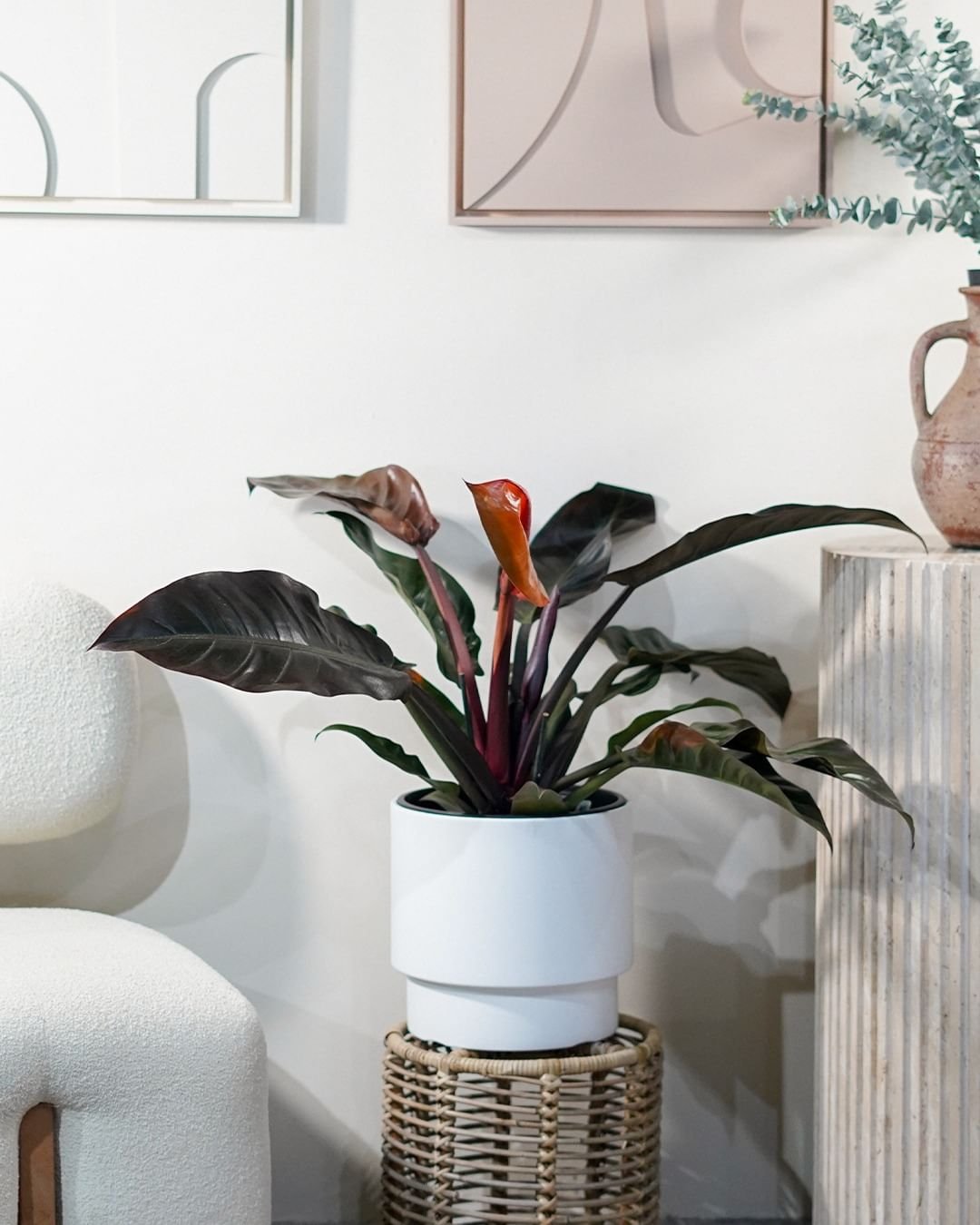
Here is a completed chart with detailed information about Philodendron:
| Category | Details |
|---|---|
| Botanical Name | Philodendron spp. |
| Common Name | Philodendron |
| Plant Zone | 9-11 (often grown indoors) |
| Sun Exposure | Bright indirect light to low light |
| Soil Type | Well-drained, rich in organic matter |
| Watering | Allow top inch of soil to dry out between waterings, avoid waterlogging |
| Growth Habit | Vining or upright, depending on variety |
| Height/Spread | 1-10 feet tall, 1-3 feet wide (varies by type) |
| Special Features | Attractive foliage with various shapes and colors, easy to care for, suitable for indoor environments, some varieties are climbers or trailing plants, air-purifying properties |
Philodendrons are popular houseplants that thrive in indoor conditions.
Why They Prefer Indoors:
- Adapted to low-light conditions
- Sensitive to cold temperatures
- Can suffer from sunburn outdoors
Care Tips:
- Place in medium to bright indirect light
- Water when the top inch of soil is dry
- Provide support for climbing varieties
3. Peacock Plant (Maranta)
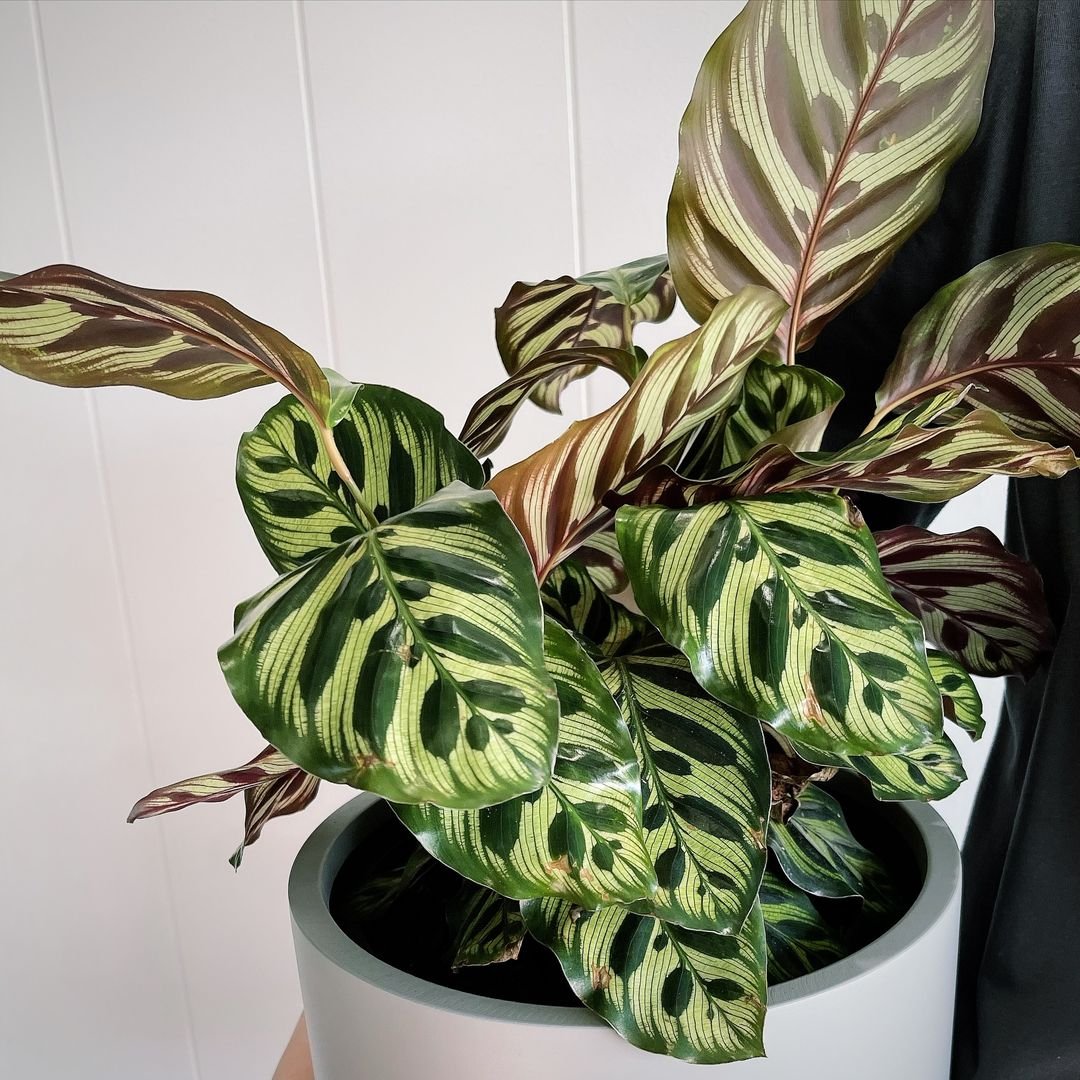
Here is a completed chart with detailed information about the Peacock Plant:
| Category | Details |
|---|---|
| Botanical Name | Calathea makoyana |
| Common Name | Peacock Plant |
| Plant Zone | 10-11 (often grown indoors) |
| Sun Exposure | Bright indirect light to partial shade |
| Soil Type | Well-drained, rich in organic matter |
| Watering | Keep soil consistently moist, avoid waterlogging, prefers high humidity |
| Growth Habit | Upright, bushy |
| Height/Spread | 1-2 feet tall, 1-2 feet wide |
| Special Features | Stunning foliage with feather-like patterns and vibrant colors, leaves often fold up at night, adds a tropical touch to indoor spaces, requires high humidity and regular misting |
Peacock plants, with their striking leaf patterns, are best kept indoors.
Why They Prefer Indoors:
- Require stable, warm temperatures
- Need high humidity
- Sensitive to direct sunlight
Care Tips:
- Provide bright, indirect light
- Keep soil consistently moist
- Mist regularly or use a humidifier
4. Monstera Deliciosa (Swiss Cheese Plant)
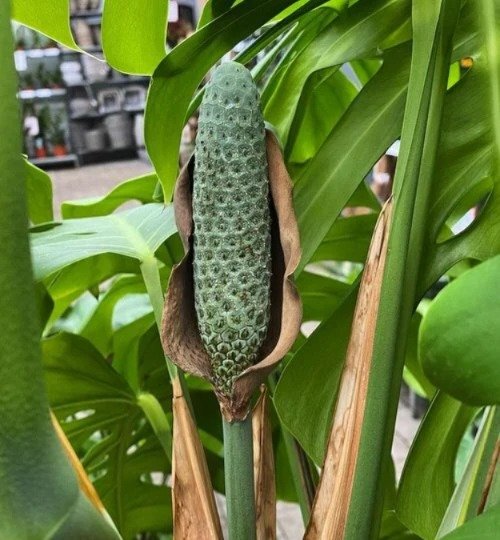
Here is a completed chart with detailed information about Monstera Deliciosa:
| Category | Details |
|---|---|
| Botanical Name | Monstera deliciosa |
| Common Name | Monstera, Swiss Cheese Plant |
| Plant Zone | 10-11 (often grown indoors) |
| Sun Exposure | Bright indirect light to partial shade |
| Soil Type | Well-drained, rich in organic matter |
| Watering | Allow top inch of soil to dry out between waterings, avoid waterlogging |
| Growth Habit | Vining, climbing |
| Height/Spread | 3-10 feet tall, 3-6 feet wide (can be larger in ideal conditions) |
| Special Features | Iconic large, perforated leaves, adds a dramatic tropical look to indoor spaces, can be grown as a climbing plant with support or in a hanging basket, relatively easy to care for, air-purifying |
Monsteras are trendy houseplants that prefer indoor living.
Why They Prefer Indoors:
- Can be damaged by strong winds
- Sensitive to direct sunlight
- Prefer consistent temperatures
Care Tips:
- Place in bright, indirect light
- Water when the top 2-3 inches of soil are dry
- Support with a moss pole for climbing
5. Fittonia (Nerve Plant)
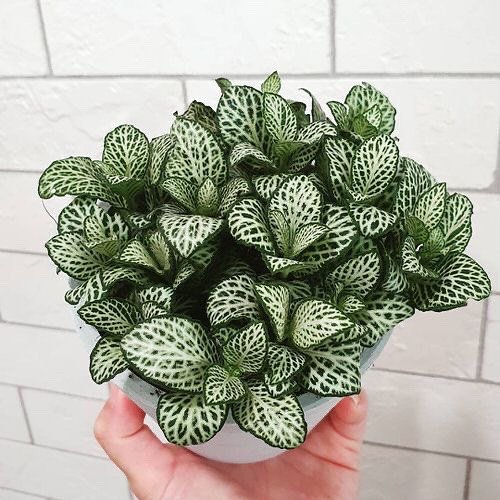
Here is a completed chart with detailed information about Fittonia:
| Category | Details |
|---|---|
| Botanical Name | Fittonia spp. |
| Common Name | Fittonia, Nerve Plant |
| Plant Zone | 10-11 (often grown indoors) |
| Sun Exposure | Bright indirect light |
| Soil Type | Well-drained, rich in organic matter |
| Watering | Keep soil consistently moist, avoid waterlogging |
| Growth Habit | Low-growing, spreading |
| Height/Spread | 4-6 inches tall, 12-18 inches wide |
| Special Features | Decorative foliage with intricate veining patterns, available in various colors (green, red, pink), ideal for terrariums and small pots, prefers high humidity and regular misting, adds a vibrant touch to indoor spaces |
Fittonias, with their delicate veined leaves, are best suited for indoor environments.
Why They Prefer Indoors:
- Require high humidity
- Sensitive to temperature changes
- Prefer low to medium light
Care Tips:
- Provide bright, indirect light
- Keep soil consistently moist
- Maintain high humidity with regular misting
6. Anthurium
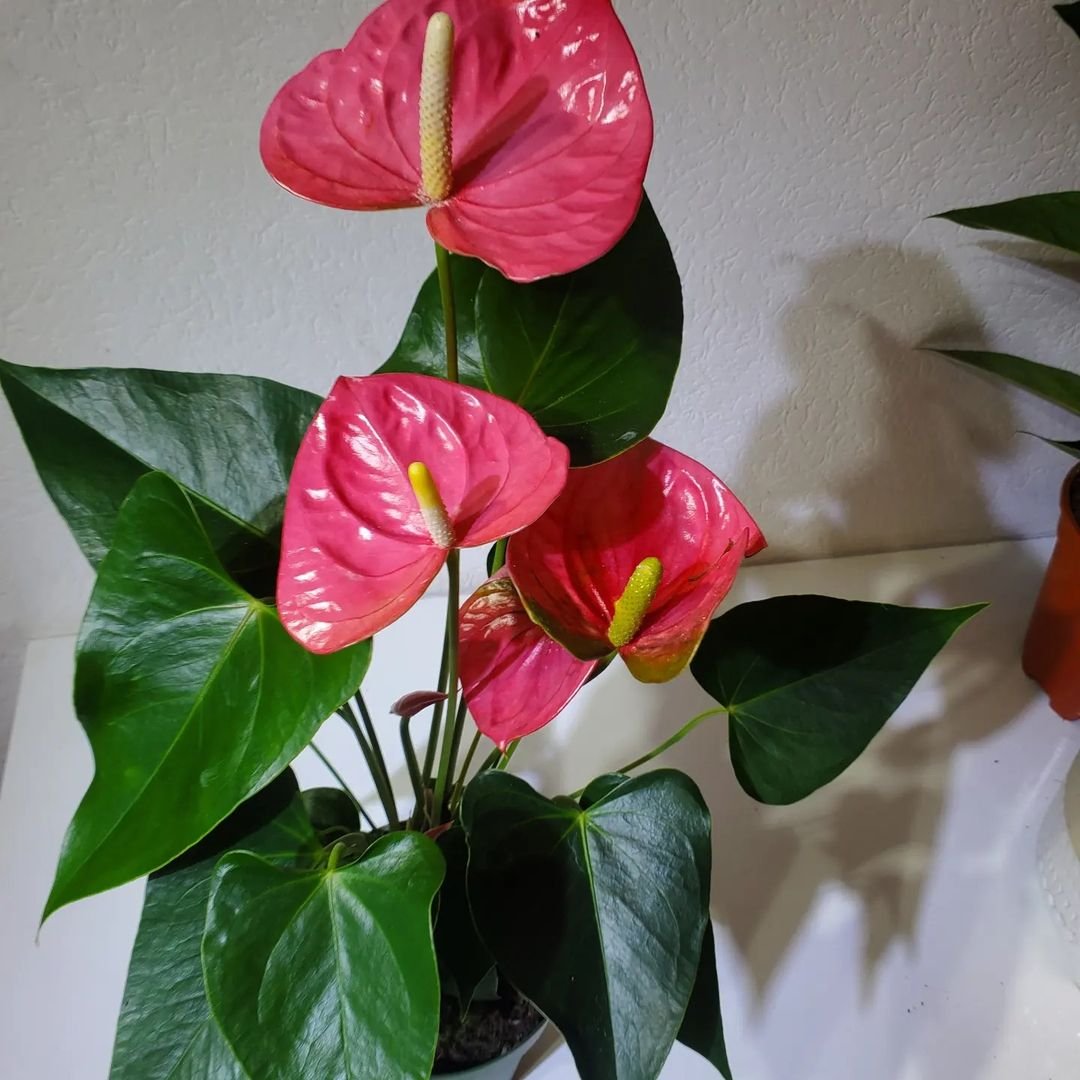
Here is a completed chart with detailed information about Anthurium:
| Category | Details |
|---|---|
| Botanical Name | Anthurium spp. |
| Common Name | Anthurium, Flamingo Flower |
| Plant Zone | 10-11 (often grown indoors) |
| Sun Exposure | Bright indirect light to filtered sunlight |
| Soil Type | Well-drained, rich in organic matter |
| Watering | Keep soil consistently moist but not waterlogged, allow the top inch of soil to dry out between waterings |
| Growth Habit | Upright, bushy |
| Height/Spread | 1-3 feet tall, 1-2 feet wide |
| Special Features | Glossy, heart-shaped leaves and vibrant, long-lasting flowers (available in various colors), air-purifying properties, adds an elegant touch to indoor spaces, requires high humidity and regular misting, can tolerate low light conditions |
Anthuriums, known for their bright, heart-shaped flowers, thrive indoors.
Why They Prefer Indoors:
- Sensitive to cold temperatures
- Require stable humidity levels
- Can suffer from sunburn outdoors
Care Tips:
- Place in bright, indirect light
- Water when the top inch of soil is dry
- Maintain temperatures between 60-85°F (15-29°C)
7. Chinese Evergreen (Aglaonema)
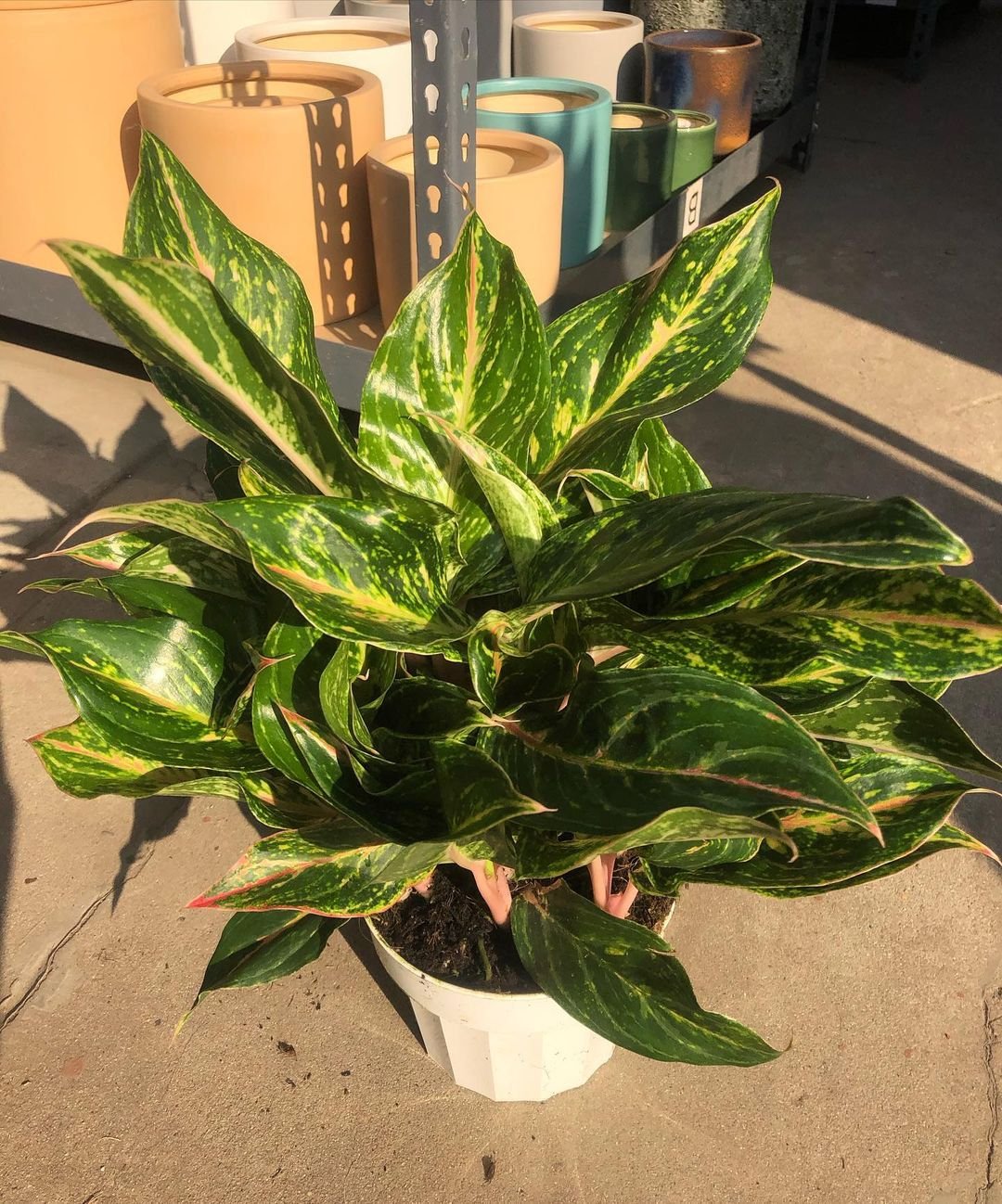
Here is a completed chart with detailed information about Chinese Evergreen:
| Category | Details |
|---|---|
| Botanical Name | Aglaonema spp. |
| Common Name | Chinese Evergreen |
| Plant Zone | 10-11 (often grown indoors) |
| Sun Exposure | Low to bright indirect light |
| Soil Type | Well-drained, rich in organic matter |
| Watering | Allow top inch of soil to dry out between waterings, avoid waterlogging |
| Growth Habit | Upright, bushy |
| Height/Spread | 1-3 feet tall, 1-2 feet wide |
| Special Features | Attractive foliage with various patterns and colors, low-maintenance, air-purifying, suitable for indoor environments, tolerates low light conditions |
Chinese Evergreens are hardy indoor plants that don’t like outdoor conditions.
Why They Prefer Indoors:
- Adapted to low-light conditions
- Sensitive to cold drafts
- Prefer stable temperatures
Care Tips:
- Tolerate low to bright indirect light
- Water when the top inch of soil is dry
- Keep away from cold windows and drafts
8. Snake Plant (Sansevieria)
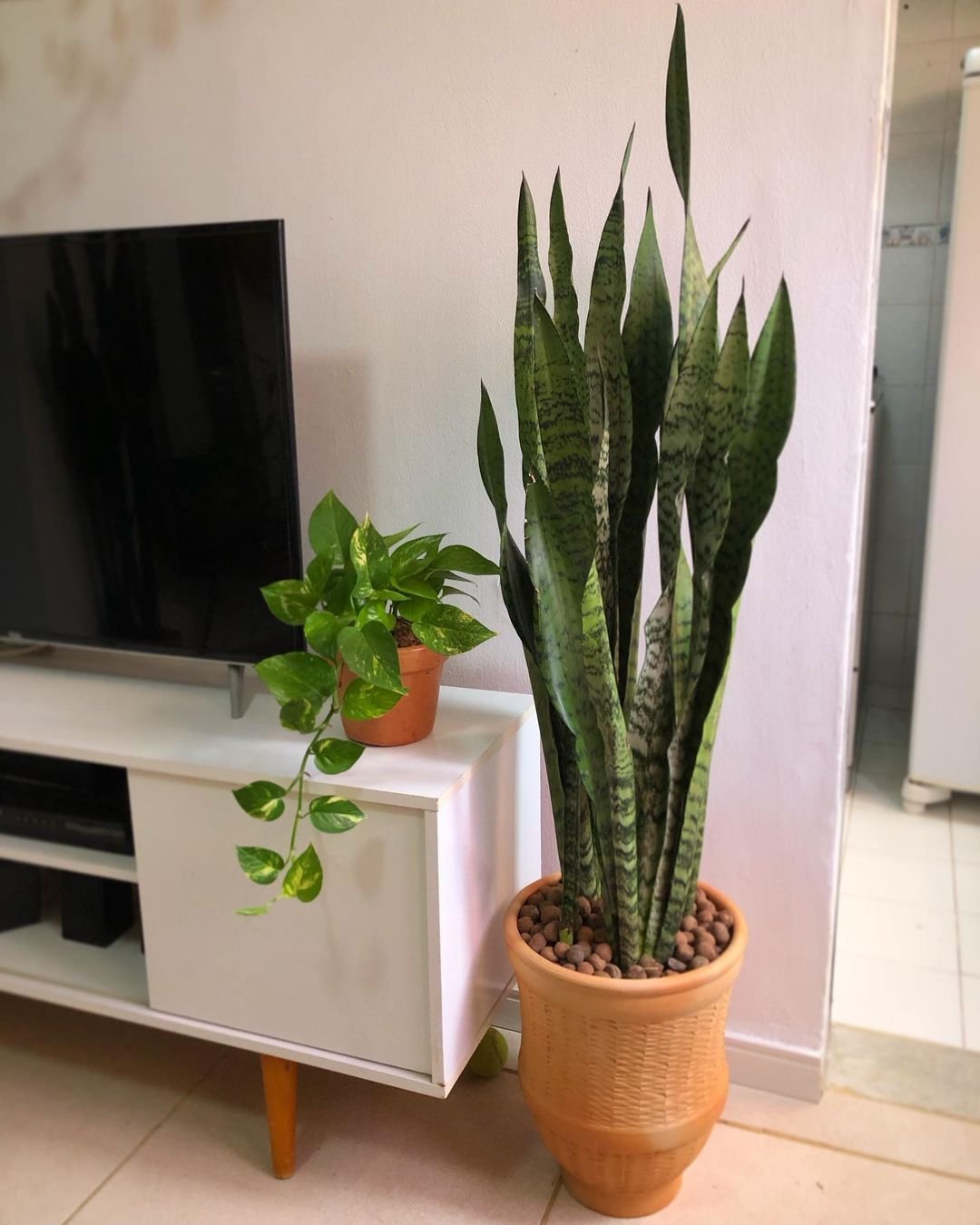
Here is a completed chart with detailed information about Snake Plant:
| Category | Details |
|---|---|
| Botanical Name | Sansevieria trifasciata |
| Common Name | Snake Plant, Mother-in-Law’s Tongue |
| Plant Zone | 9-11 (often grown indoors) |
| Sun Exposure | Low to bright indirect light |
| Soil Type | Well-drained, sandy or succulent mix |
| Watering | Allow soil to dry out between waterings, drought-tolerant |
| Growth Habit | Upright, rosette |
| Height/Spread | 1-4 feet tall, 1-2 feet wide |
| Special Features | Tough, low-maintenance plant, air-purifying, can tolerate low light and neglect, distinctive upright leaves with varied patterns, ideal for indoor environments and offices |
Snake Plants are tough indoor plants that prefer staying inside.
Why They Prefer Indoors:
- Can suffer from overwatering outdoors
- Sensitive to cold temperatures
- Prefer consistent light levels
Care Tips:
- Tolerate low to bright indirect light
- Allow soil to dry completely between waterings
- Avoid overwatering, especially in winter
General Care Tips for Indoor-Loving Plants
While each plant has specific needs, here are some general tips for caring for indoor plants:
- Understand Light Requirements:
- Most indoor plants prefer bright, indirect light
- Use sheer curtains to filter harsh sunlight
- Maintain Proper Humidity:
- Group plants together to increase humidity
- Use a pebble tray or humidifier for moisture-loving plants
- Water Correctly:
- Check soil moisture before watering
- Use well-draining potting mix
- Control Temperature:
- Keep plants away from drafts and heat sources
- Maintain consistent room temperatures
- Fertilize Appropriately:
- Use a balanced, water-soluble fertilizer during growing season
- Reduce or stop fertilizing in winter
- Clean Leaves Regularly:
- Wipe leaves with a damp cloth to remove dust
- This helps plants photosynthesize better
- Watch for Pests:
- Regularly inspect plants for signs of pests
- Treat infestations promptly with appropriate methods
Common Mistakes to Avoid
When caring for indoor-loving plants, avoid these common pitfalls:
- Overwatering:
- More plants die from overwatering than underwatering
- Always check soil moisture before watering
- Insufficient Light:
- Even low-light plants need some brightness
- Rotate plants regularly for even growth
- Ignoring Humidity Needs:
- Many tropical plants require high humidity
- Use a hygrometer to monitor humidity levels
- Frequent Repotting:
- Most plants don’t need annual repotting
- Only repot when the plant is root-bound
- Using Outdoor Soil:
- Garden soil is too heavy for indoor plants
- Use a well-draining potting mix designed for houseplants
While many plants can adapt to both indoor and outdoor environments, some truly prefer the stable conditions of our homes. By understanding the needs of these indoor-loving plants, you can create a thriving indoor garden that brings beauty and improved air quality to your living spaces.
Remember, even though these plants prefer staying indoors, they still need proper care and attention. Regular monitoring of light, water, and humidity levels will help ensure your indoor plants remain healthy and vibrant.
Whether you’re a seasoned plant parent or just starting your indoor gardening journey, these plants that prefer staying indoors offer a wonderful opportunity to enjoy nature’s beauty year-round, regardless of outdoor conditions. Happy indoor gardening!

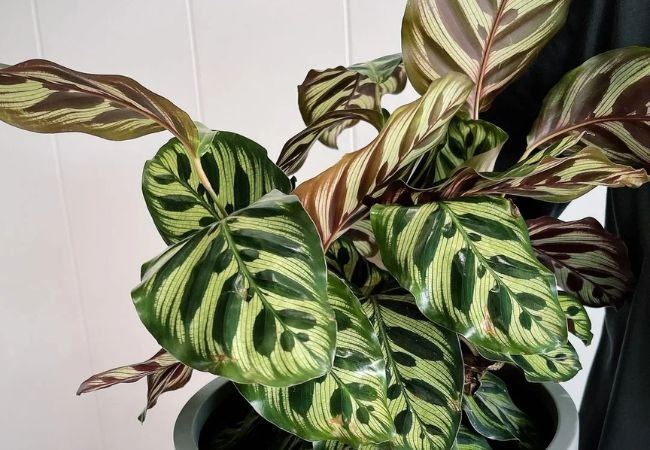





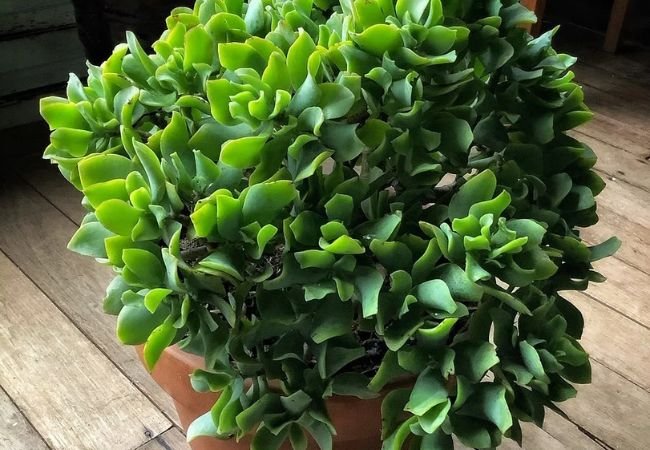
Leave a Reply